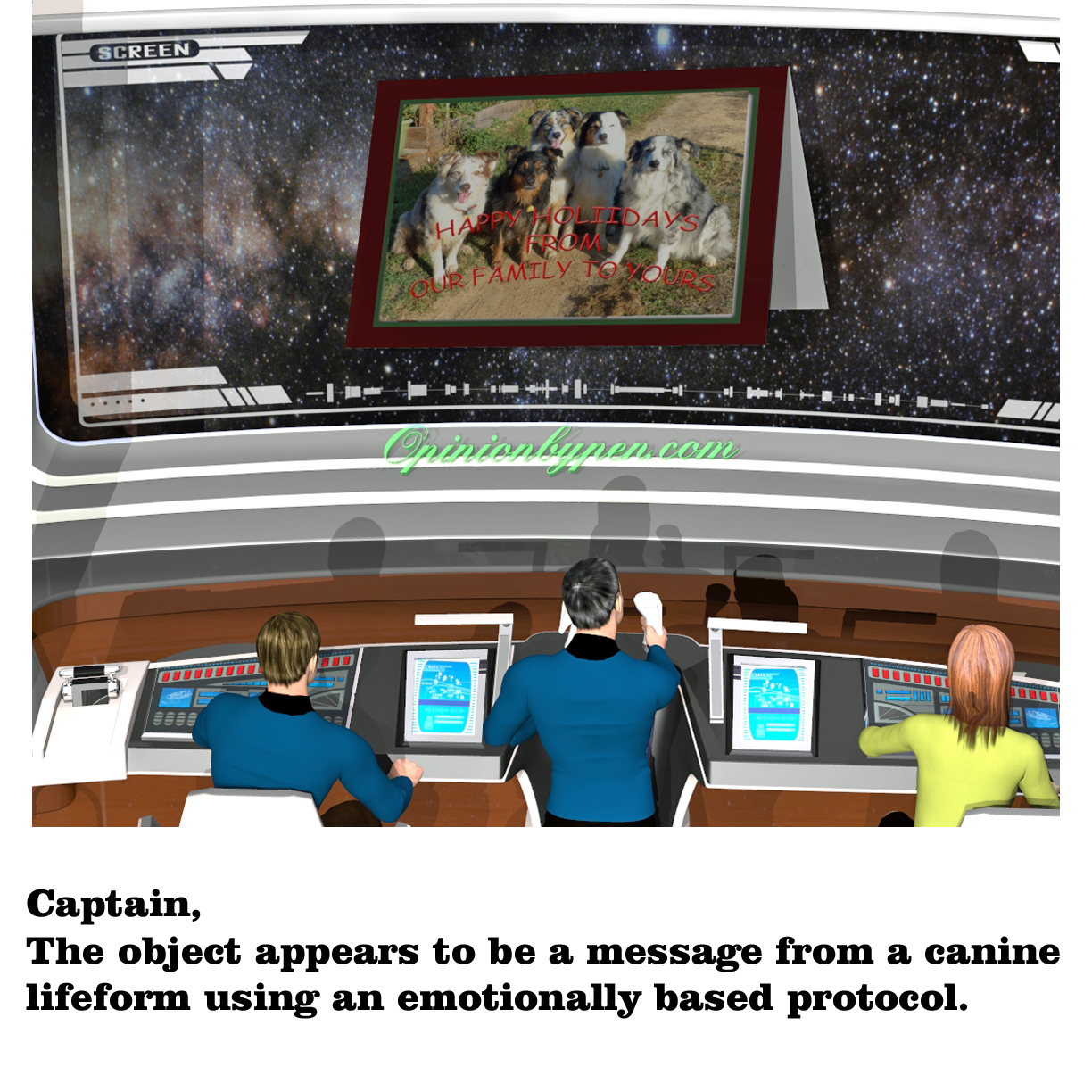I’m writing this post for all the other bewildered engineers out there. You’re welcome to read on if you’re not an engineer but I’m not sure what you’ll glean from it. If you’re familiar with communication theory you’ve already been introduced to the Nyquist theorem and understand that the maximum rate of communication is limited by your frequency and sample rate. For practical purposes, this means that you should look up Nyquist if you want to know more.
Don’t worry, the above paragraph is mainly to drive off the non-engineers. I am going to discuss communication but not the Nyquist theorems. Although I did have a point to make with that opening. Brief as the paragraph was, it was long enough to cause most people to stop reading completely. Their eyes glaze over and they start making escape plans. In today’s world that involves whipping out the cell phone and checking Facebook. In a lecture, in a meeting or in a blog, most people will consider cutting off their own arm to avoid hearing technical issues.
No, I’m not talking about superficial details that people like to believe are technical. You know what I mean, how much memory, processor speed and power consumption. When I start to talk about switching levels for AHCT logic, where the grey area is and how it affects fan out, grown men start to look queasy. And yet, you and I feel that such subjects are fascinating.
The idea for this post came to me when I was listening to a programmer attempting to fix a communication issue and he discovered that the protocol was subtly different than what he expected. Sorry, as a explanation for you non-engineers that made it this far, protocol is the way the message is structured. You could think of it as sentence structure for computers. The nouns and verbs have to be in the right place and both computers have use the same sentence structure. Anyway, I couldn’t help the programmer but I realized that most communication issues are protocol based.
People don’t find what we say fascinating because they are using a different protocol. The two protocols aren’t that different and that’s what gets us in trouble. For example, if your degree in in electronics, you already know who Nyquist is. You may not remember much but that’s a different story and before you were introduced to Nyquist you had to take a lot of background courses. So how can I expect my audience to understand, much less be entertained by Nyquist when they don’t have my background.
While most people feel that emotional content is essential in their conversations, engineers tend to interpret emotional content as noise to be discarded from the message content. This is where the misunderstanding starts. If we don’t add emotional content to our messages, most people throw out that portion of the message. In their protocol, lack of emotion means it’s boring and the entire message gets discarded as noise.
In our technical writing, lectures and discussions, we’re taught to stick to the facts. Emotional content is to be purged. A non-engineer learns early to use emotional content as a aid in determining what’s important. If I’m doing a presentation to non-engineers and say, “by doing a careful analysis of the circuit paths and optimizing the switching frequency for my power supply, I was able to achieve 500 watts at 93% efficiency,” I’ll lose most people before I get to the wattage.
On the other hand, if I say, “My power supply puts out a freaking 500 watts at an unbelievable 93% efficiency!!! All I had to do was some circuit path analysis and optimizing the switching frequency!” Nobody will go to sleep. I might even get some cheers. They still don’t know what I said but the emotional content makes them realize this is something special.
As engineers we can do this. As soon as we realize that emotion is an essential part of their communication protocol it becomes easy to add. There is is a caution here. All of us remember Spock’s attempted use of colorful metaphors and although hilarious, how poorly he did it. The use of emotion in a presentation is required but while smiling is good, breaking out in the Engineer’s Victory Dance at the end is a bad idea, please don’t inquire how I know this.
Your biggest challenge is doing this in front of a mixed audience. You have to use some judgement in situations like this. Unless I know differently, I try to err on the side of emotions. The non-engineers in the group are typically the people holding the purse strings. High emotional content is strongly recommended for these people. Don’t worry, the engineers in the audience will almost always remove the emotional content from the message. This is an automatic response that we all do.
Remember, the use of emotional content in a presentation is not forbidden, it’s part of an expected protocol. Without emotion, your message is regarded as dull and boring by everybody but other engineers. Your project funding will then go to the engineer that took my advice. High emotional content, properly used, can bring in a lot of project dollars.
Go out there and wow them. You can do it!
© 2014 – 2019, Byron Seastrunk. All rights reserved.











I’m not an engineer but I am in the communication field. I am also very close with an engineer as well as a chemist and this article is interesting to me as well as our conversation. Thank you again all these months later. It truly helped and I continue to implement everything you told me.
Great advice for anyone working in a complex, high jargon field!